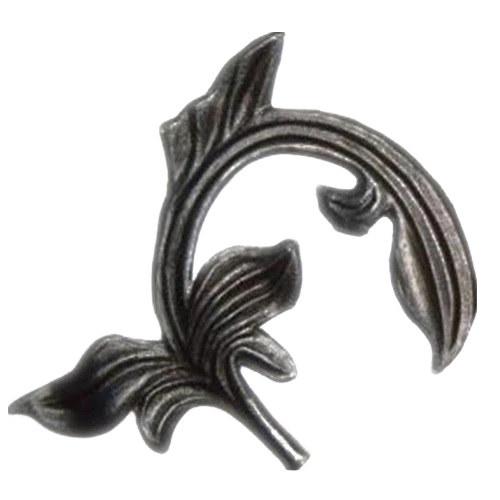Mobile:+86-311-808-126-83
Email:info@ydcastings.com
hose connector for submersible pump
Hose Connectors for Submersible Pumps An Essential Guide
In a world where efficient water management is crucial, submersible pumps have emerged as a robust solution for various applications, from irrigation and drainage to industrial processes and aquaculture. Central to the effective operation of these pumps is the hose connector, a seemingly simple yet vital component that links the pump to the discharge system. This article delves into the importance, types, and selection criteria of hose connectors for submersible pumps.
Importance of Hose Connectors
Hose connectors serve as the critical interface between the submersible pump and the discharge hose or pipe, ensuring the safe and efficient transfer of water. They facilitate the movement of fluids while preventing leaks, maintaining pressure, and protecting the pump from potential damage due to improper connections. A reliable hose connector can significantly enhance the performance and longevity of a submersible pump by ensuring that it functions within its intended parameters.
Types of Hose Connectors
Hose connectors come in various shapes and sizes, each designed to cater to specific needs. Here are some common types
1. Barb Connectors These are the most common type of hose connectors used with submersible pumps. They feature ridges or bars that create a secure grip on the hose, ensuring that it does not slip off during operation. Barb connectors are usually made from materials like plastic or brass, providing durability and resistance to corrosion.
2. Threaded Connectors These connectors have threads that allow them to screw onto both the hose and the pump outlet. They provide a secure and leak-resistant fit, making them ideal for high-pressure applications. Threaded connectors are typically made from metals such as stainless steel or brass, which can withstand significant wear and tear.
3. Quick-Disconnect Connectors As the name suggests, these connectors allow for rapid attachment and detachment, which can be particularly useful in situations where the pump needs to be frequently moved or serviced. These connectors often include a locking mechanism to ensure that they remain securely attached during operation.
4. Flanged Connectors Flanged connectors are used in larger applications where hoses need to be connected to rigid pipes. They consist of flat surfaces with bolt holes that ensure a tight seal. Flanged connectors are often made from heavy-duty materials to support high flow rates and pressures.
hose connector for submersible pump

Selection Criteria
When selecting a hose connector for a submersible pump, several factors should be considered to ensure compatibility and performance
1. Material Compatibility The chosen material must be able to withstand the environmental conditions it will be exposed to, including water temperature, chemical exposure, and pressure. For instance, PVC connectors are suitable for freshwater applications, while brass or stainless steel is preferable for more corrosive environments.
2. Size and Diameter The diameter of the hose connector must match that of the discharge hose and the pump outlet to prevent leaks and ensure optimal flow rates. Always check the specifications of both the pump and the hose before making a purchase.
3. Pressure Rating It’s essential to select a connector that can handle the maximum pressure generated by the submersible pump. Using a connector rated for a lower pressure can lead to failures and potential damages during operation.
4. Ease of Installation and Maintenance Choose connectors that are easy to install and remove. This will save time and effort, especially in applications where the pump must be serviced frequently.
5. Cost vs. Quality While it might be tempting to opt for the cheapest option, investing in high-quality connectors can save money in the long run by reducing the risk of leaks and failures.
Conclusion
Hose connectors may appear to be small components in the grand scheme of submersible pump systems, but their role is undeniably significant. By understanding the importance, types, and selection criteria of hose connectors, users can ensure that their submersible pumps operate efficiently and reliably. A well-chosen hose connector can enhance the entire pumping system, contributing to effective water management across various applications. Proper maintenance and timely replacement of these connectors are also essential to avoid unnecessary downtime and ensure the longevity of your submersible pump.
-
Why Should You Invest in Superior Pump Castings for Your Equipment?NewsJun.09,2025
-
Unlock Performance Potential with Stainless Impellers and Aluminum End CapsNewsJun.09,2025
-
Revolutionize Your Machinery with Superior Cast Iron and Aluminum ComponentsNewsJun.09,2025
-
Revolutionize Fluid Dynamics with Premium Pump ComponentsNewsJun.09,2025
-
Optimizing Industrial Systems with Essential Valve ComponentsNewsJun.09,2025
-
Elevate Grid Efficiency with High-Precision Power CastingsNewsJun.09,2025











